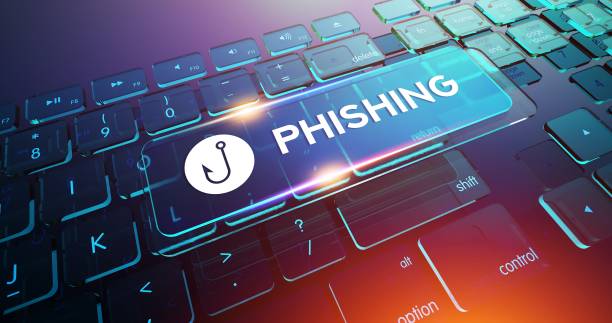Recognizing and Avoiding Phishing Scams
Although technology and security measures are improving daily, some scammers are creating new ways and advancing their phishing scams every day. Many scammers use text messages and emails to trick you into giving out your personal information. However, there are several things you can do to protect yourself from these scams. Keep reading to find out how you can recognize and avoid phishing scams.
How to Recognize Phishing Scams
Scammers heavily rely on scams using email or text messages to trick you into giving out your personal information. They may try to steal information such as account numbers, passwords, your Social Security Number, and more. If they get this sensitive information, they may gain access to banks, emails, and other personal accounts.
Over time, scammers will update their tactics. However, there are some signs to look out for when you think something may be a scam. Scammers may:
- Offer a free coupon
- Say they have noticed suspicious log-in attempts or activity
- Include a fake invoice
- Want you to click on a link to make a payment
- Say you must confirm personal information
- Say you’re eligible for a government refund and need to register
- Change their name to a friend, family, or coworker’s name to make messages appear to come from them
How to Protect Yourself from Phishing Scams
While your email spam works overtime to keep phishing emails out of your inbox, scammers are always finding brand new ways to outsmart these filters. Here are four steps that you can take to protect yourself from phishing attacks.
- Protect your computer with new security software
- Protect your mobile phone by setting software to update automatically
- Protect your accounts using multi-factor authentication, be sure to select the “call me” option for validation
- Protect your data by backing it up
What to Do If You Suspect a Phishing Attack
If you get an email or text message asking you to open an attachment or click a link, ask yourself this: Do I have an account with the company or know the individual who contacted me?
If the answer to this is “no”, it could be a phishing scam. In this case, look for the scam signs and delete them. If the answer is “yes” contact the company directly (not from the suspicious email or text message) for the information to see if it is them.
What to Do If You Responded to a Phishing Email
Now comes the biggest question surrounding phishing scams. What do I do if I have responded to a phishing email? Well, first of all, it is important not to panic.
If you think a scammer has stolen your information like your credit card, bank, or Social Security number, in the US you can go to identitytheft.gov. From there, you will see the steps you need to take based on the information that has been stolen. A couple of other options include contacting credit bureaus to make note of the possible identity theft, or subscribing to legitimate services that monitor your information and alert you of changes.
In the event that you have clicked on a link or opened an attachment, update your computer’s security software and run a scan.
The Bottom Line
Phishing scams are becoming more and more common as time goes by. To make matters worse, they are advancing enough to not be filtered out. To ensure that you don’t become a victim of scammers, be sure to follow the tips above, do your research, and learn how to recognize and avoid phishing scams.

